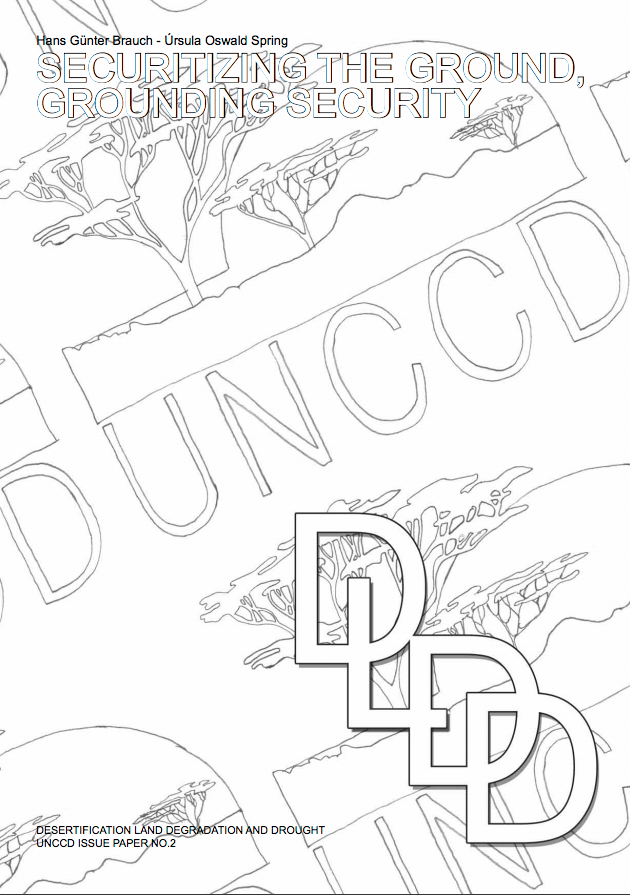Water and poverty in two Colombian watersheds
Watersheds, especially in the developing world, are increasingly being managed for both environmental conservation and poverty alleviation. How complementary are these objectives? In the context of a watershed, the actual and potential linkages between land and water management and poverty are complex and likely to be very site specific and scale dependent. This study analyses the importance of watershed resources in the livelihoods of the poor in two watersheds in the Colombian Andes.







